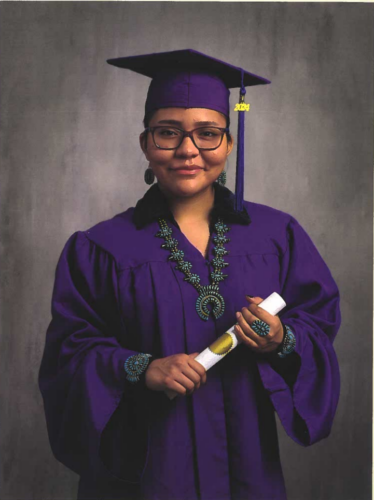Today, as a part of our July 2024 Impact Report, we share a letter from our volunteer coordinator Paula at Herald Whitaker Middle School in Kentucky, who expresses her gratitude for our sponsorship program.
Hearing from Paula
“Being a resource coordinator, we are supposed to do and incorporate many things into our job. I educate my students on hygiene, self-care, self-love, and understanding the impact and importance of these things.”
“Children Incorporated helps eliminate some of the challenges these students and their families face.”
“The Children Incorporated sponsorship program has a wonderful impact on my students. Children Incorporated helps me to make sure students’ needs are met every day they attend school. I love how the students receive gifts on their birthday, which makes the students feel special and not forgotten about. The anticipation and excitement on the students’ faces are very rewarding. Thanks to the sponsors for making this happen.”
“Building a relationship with these students is my top priority. I love being able to earn the students’ trust. I am able to pull them into my office and ask what their specific needs are. With the combination of my Family Resource Center and Children Incorporated, everything we do can be life-changing for these students.”

Thanks to their sponsors, children at the Tecpan School in Guatemala received school supplies and clothes to take home this month!
“I truly believe that if some of these students didn’t have sponsors, they wouldn’t be able to attend school. Children Incorporated helps eliminate some of the challenges these students and their families face. Thank you for everything.”
Sincerely,
Paula
your impact through hope in action
Sponsorship is not the only way you, our loyal supporters, help impoverished children every month. Additionally, thanks to the generosity of our sponsors and donors who have made contributions to our Hope In Action Fund in the last month, we have been able to:
– Provide nutritious meals to 30 children for a month at Santa Isabel Ana Seton in Guatemala
– Provide funds to purchase nutritional meals for 25 children for an entire month at the Dandora Center in Kenya
– Provide funds to purchase 200 meals for children at the St. John’s Community Center in Kenya
– Provide funds for daily meals for 25 children for an entire month at Kids’ Hope Ethiopia
– Provide funds to offer nutritional meals to 40 children for an entire month at the Visayans Center in the Philippines
– Provide backpacks and school supplies for children at Fallsburg Elementary School in Kentucky
Thank you to our supporters for all that you do! We couldn’t do our life-changing work without you.
***
How do I sponsor a child with Children Incorporated?
You can sponsor a child in one of three ways: call our office at 1-800-538-5381 and speak with one of our staff members; email us at sponsorship@children-inc.org; or go online to our sponsorship portal, create an account, and search for a child in that is available for sponsorship.




